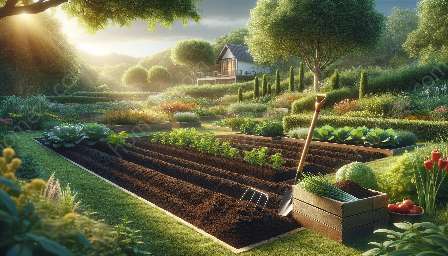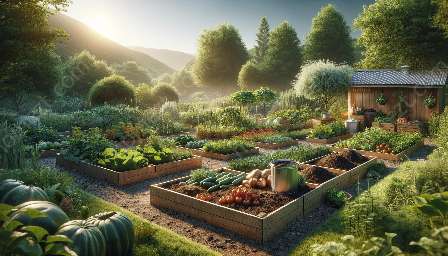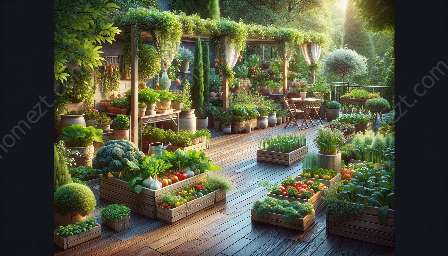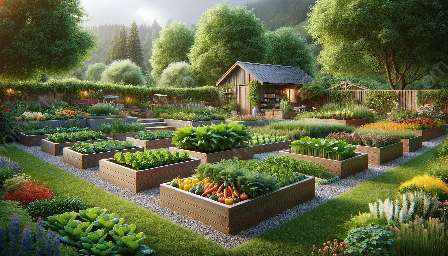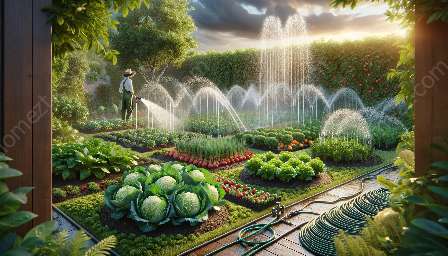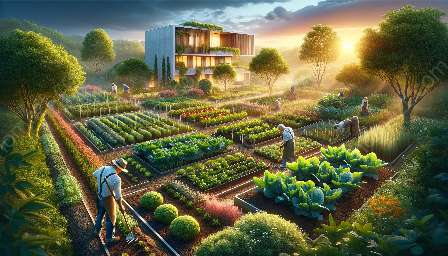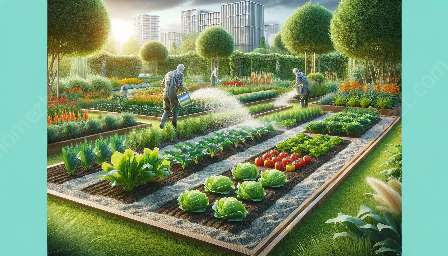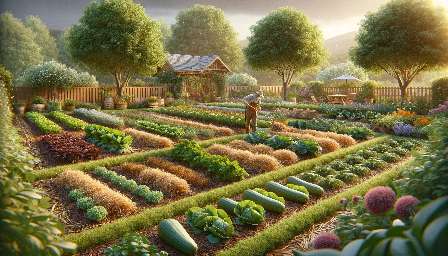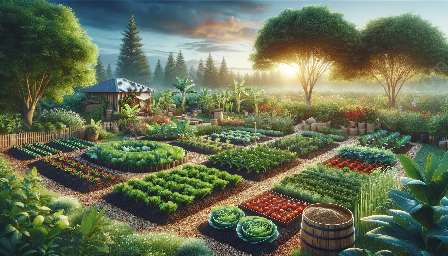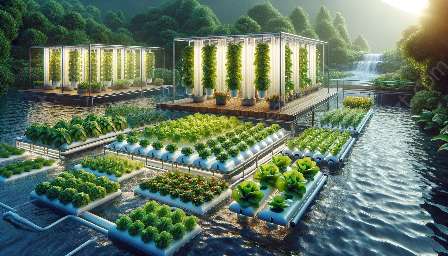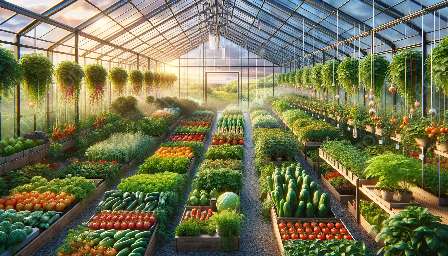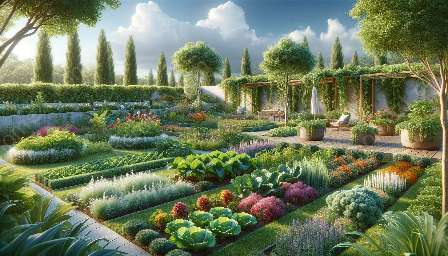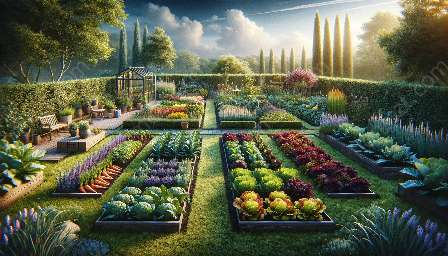Are you looking to start a vegetable garden and want to create a beautiful and productive space? Raised bed gardening might be the perfect solution for you. In this complete guide, we will delve into all aspects of raised bed gardening, its benefits, and how you can incorporate it into your overall gardening and landscaping plans.
Benefits of Raised Bed Gardening
First, let’s explore the numerous benefits of raised bed gardening. Raised beds offer better control over soil conditions, improved drainage, and reduced compaction, leading to healthier plants and higher yields. They also provide easier access for planting, weeding, and harvesting, making gardening more enjoyable and less strenuous. Additionally, raised beds can be customized to fit your space and aesthetic preferences, adding a decorative element to your landscape.
Getting Started with Raised Bed Gardening
If you’re ready to get started with raised bed gardening, there are a few key considerations to keep in mind. Start by selecting a suitable location for your raised beds, ensuring they receive adequate sunlight and are easily accessible for maintenance. When building your raised beds, choose durable, rot-resistant materials such as cedar or composite lumber. Think about the size and shape of your beds, keeping in mind that wider beds allow for easier access and can accommodate a greater variety of plants.
Soil and Plant Selection
The type of soil you use in your raised beds is crucial to the success of your vegetable garden. Consider a balanced mix of topsoil, compost, and other organic matter to provide essential nutrients and promote healthy plant growth. When it comes to plant selection, raised beds offer the flexibility to grow a diverse range of vegetables, herbs, and even flowers. Take into account the specific needs of each plant and plan your layout accordingly, ensuring proper spacing and adequate support for climbing plants.
Maintenance and Care
With proper maintenance, your raised bed vegetable garden will thrive throughout the growing season. Regular watering, mulching, and monitoring for pests and diseases are essential tasks to keep your plants healthy. Consider incorporating companion planting and crop rotation to maximize the productivity of your raised beds while minimizing potential issues with pests and diseases.
Integrating Raised Beds into Your Landscape
When incorporating raised bed gardening into your overall landscaping plans, think about how you can create a cohesive and visually appealing space. Consider adding paths or walkways between your raised beds, as well as decorative elements such as trellises or arbors to add vertical interest. With careful planning, your raised bed garden can become a focal point of your landscape, blending seamlessly with other gardening and landscaping features.
Conclusion
In conclusion, raised bed gardening offers numerous advantages for creating a beautiful and productive vegetable garden. With careful planning and thoughtful design, you can build an attractive and functional raised bed garden that complements your overall gardening and landscaping goals. Whether you’re a beginner or an experienced gardener, raised beds provide a versatile and practical way to cultivate a bountiful harvest while enhancing the beauty of your outdoor space.

